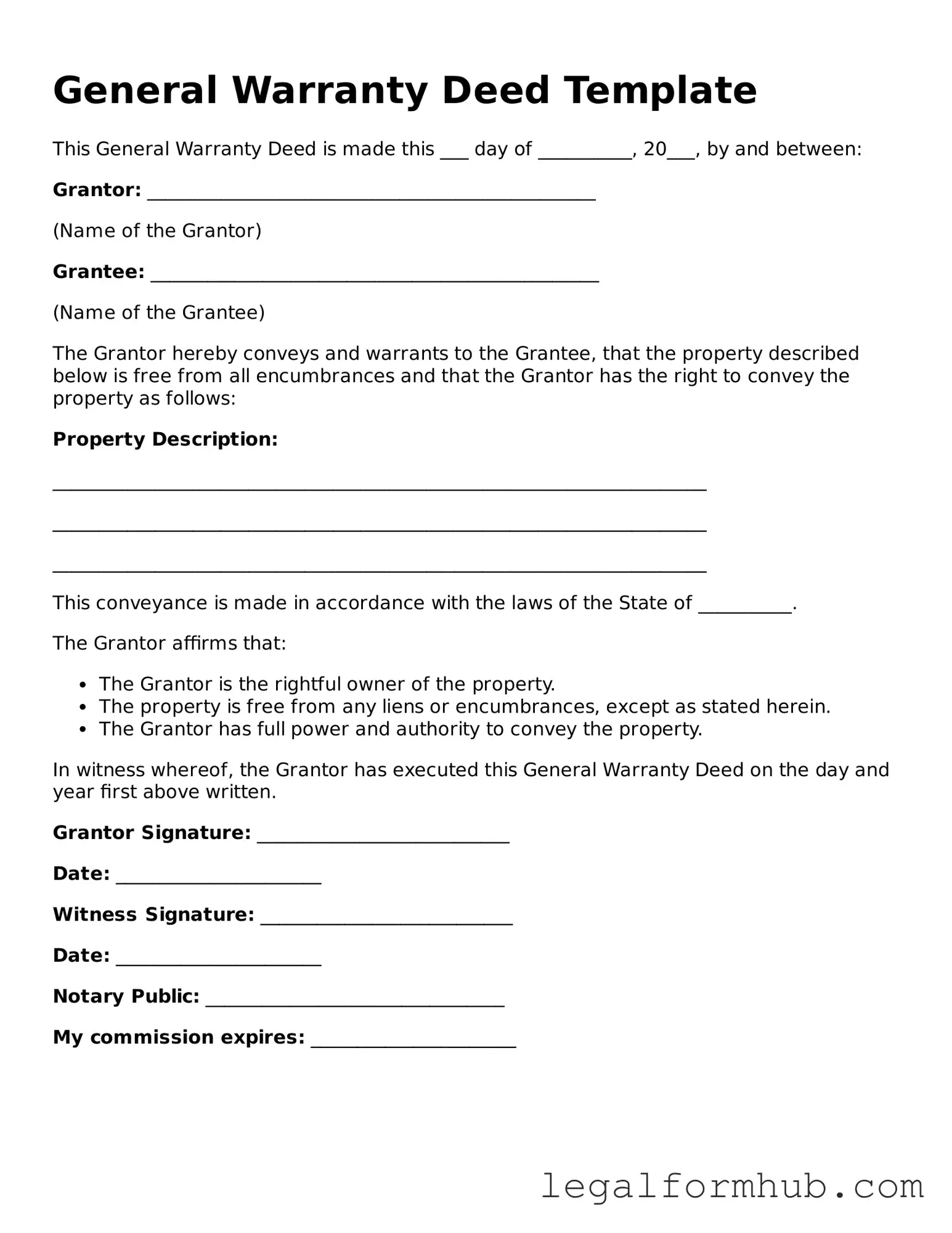Printable Deed Document
A deed is a legal document that conveys ownership of property from one party to another. It serves as a formal record of the transfer and outlines the rights and responsibilities of both the buyer and the seller. Understanding the deed form is essential for anyone involved in real estate transactions.
Open Deed Editor Here
